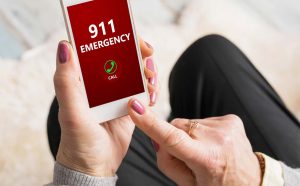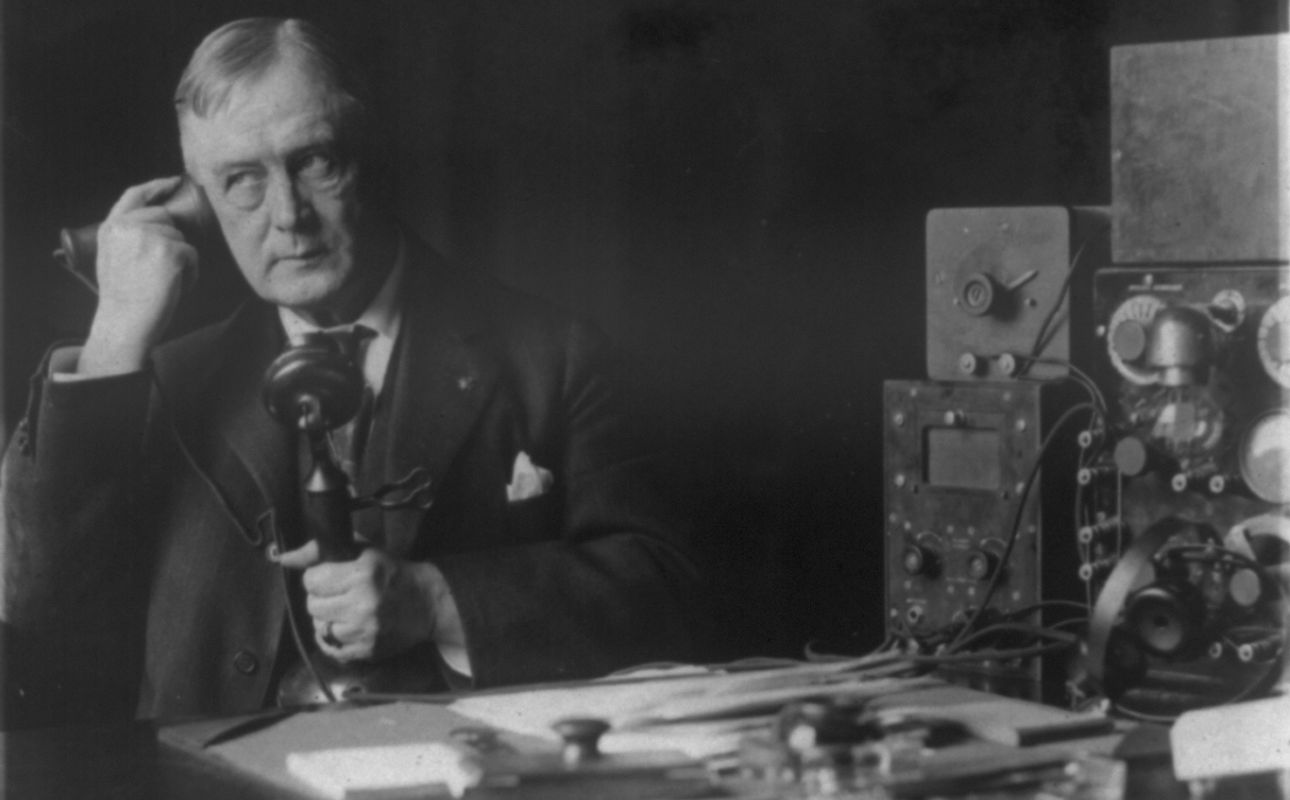The 411 on 911: Separate the truth from the myths

How exactly does the 911 emergency system work? There is a complex set of procedures and infrastructure behind the scenes that makes sure you get the help you need. Take a few minutes to find out how 911 works and check that you are fully protected.
The origins of the 911 system
The 911 emergency phone system was established in the 1960s during the era of traditional landline phones. The phone number 911 was selected because it was simple and not already in use. In 1968, the first 911 emergency call was made in Alabama. This meant callers could simply remember and call 911 for a variety of emergencies rather than memorizing different local phone numbers of police, fire and medical first responders.
When the 911 system was first developed, modern mobile phones and VoIP phones didn’t exist. The 911 system that was designed for analog landline phones with a permanent address needed new technology to support 911 calls from mobile phones.
Enhanced 911 (E911) service made the emergency system even more efficient. It automatically displays the caller’s address and phone number when 911 is dialed from the caller’s traditional telephone service; wireless or cellular calls do not provide the caller’s address. This saves valuable time. Instead of asking for an address, the 911 operator can simply ask the caller to confirm their address or even send help if the caller can’t speak, saving valuable time. It is vital that VoIP phone service customers keep their physical address up to date with their service provider to prevent 911 operators from dispatching responders to the wrong location.
Myths and truths about 911 service
There are a few common myths about the 911 system and which phones it works with. Get the facts so you feel confident when making an emergency call.
“VoIP phone service does not support 911 service” MYTH
This myth might have been true in the early days of VoIP service when the technology was brand new. Today, the reality is much different. The FCC requires VoIP service providers to fulfill Enhanced 911 requirements. It is important to note that 911 is a mandatory service—a customer cannot choose to opt out of 911 service.
“Calling 911 from a mobile or a VoIP phone is risky because emergency services may not be able to locate you” TRUTH
Both mobile phones and VoIP phones are portable, so you may be calling from a location other than your registered home or business address that pops up in the database and 911 dispatch may not be able to determine your actual location. It might also be challenging to determine and/or communicate your location to a first responder when you’re in the middle of a health crisis or criminal attack.
There are some conveniences to calling from a mobile phone, however. You can call 911 emergency service even if you don’t have service from a carrier. Apple, Google and other smartphone makers have also introduced physical shortcuts that will automatically call 911 if you can’t dial. However, there are limits on your emergency communication. Keep in mind that many 911 operators cannot receive videos, texts or photos.
“Your location is automatically tracked through a mobile phone’s geolocation capability and passed to the 911 operator” MYTH
Many smartphones have a GPS (global positioning system) feature, which makes maps and navigation easier. Therefore, you might assume that your location data is automatically provided to emergency responders.
Yet that’s not always the case. Location data sharing with 911 services is often delayed or not provided at all. The 911 operator can request the cellular phone service to provide a location. However, the request can take several minutes and doesn’t always work. Keep this limitation in mind when using cell phones.
“Google Voice supports 911” MYTH
According to Google, “You can’t make emergency calls using Google Voice.”
911 Frequently Asked Questions
What is 988, and how is it different from 911?
911 and 988 are both emergency services that can be accessed quickly, but they serve different purposes. Calling 911 is best for medical emergencies, accidents and crimes. By contrast, 988 is designed for mental health emergencies and suicide prevention. The 988 phone number became law in the U.S. in 2020 pursuant to the National Suicide Hotline Designation Act and since August 2022 has been active throughout the country. To learn more about how the 988 service works, see our post: The 411 on 988: How this valuable new resource can help save lives.
Who pays for 911 service?
The short answer is nearly everyone with a phone contributes to 911 expenses.
Traditionally, 911 service was funded through landline fees. As landline phones dwindled, landline 911 fees were no longer enough to cover the costs of the 911 system, so wireless and VoIP phone companies also started collecting 911 fees, as mandated by various state and local laws. In 2021, U.S. states and other jurisdictions collected approximately $3.5 billion in fees for the 911 and E911 service.
The FCC makes an annual report to Congress regarding the collection and use of 911 and E911 fees and charges. The report indicates whether states or taxing jurisdictions are using funds “for any purpose other than those designated acceptable in the FCC’s final rules.”
Is there anything I can do to help 911 first responders find me?
Be sure to let your phone service provider know each time you move. You definitely don’t want emergency services hightailing out to your old registered address if you aren’t there and call 911.



